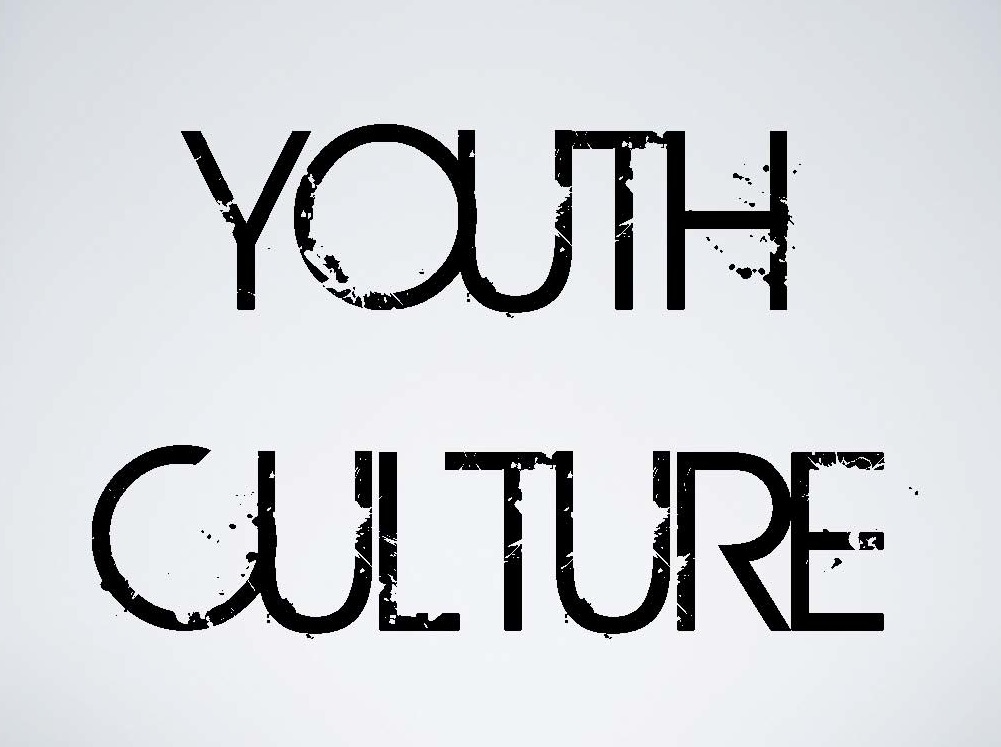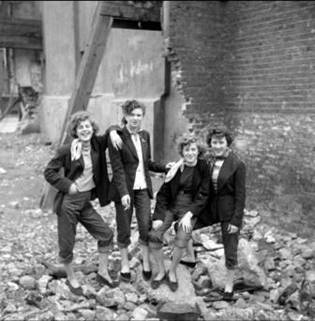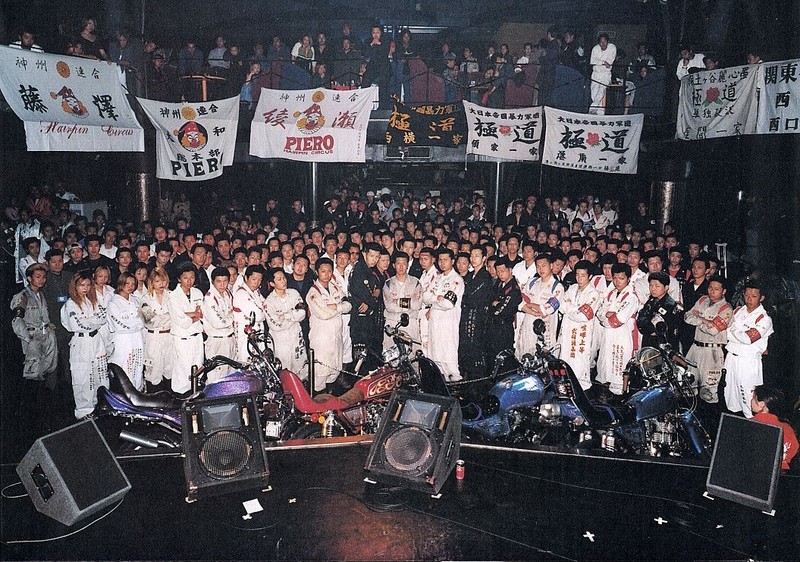(Image from gbradford.wordpress.com)
We decided to first try and define what Youth Culture is.
Youth Culture is "a group of young people considered to be a culture class or subculture, with their own distinct styles, behaviours and interests".
We were then asked to go into detail about what sort of Media influenced the "Trend"(Youth Culture) and what has appeared because of it (subcultures). Our group made a list of what Media was most popular each decade along with what subcultures emerged.
{on a side note from 1910's to the 1940's there was no real Youth Culture}
1910's - Mainly newspapers and magazines. After WW1 radio emerged as a new choice, this shaped public perception of the news.
1920's - Radio, newspapers, bulletins, advertising and music.
1930's - Radio, Film and the introduction of the television
1940's - Film, theatre, radio, newspaper. Further development of the television declined due to WW2. Notable youth subcultures would be Zazou from France. Hipsters first appeared
1950's - Television. Known as the decade of the "Golden age of Television". Rock and Roll emerged creating the "Teddy boy" youth subculture in the UK. In Japan bōsōzoku youth subculture was emerging based around motorcycle clubs and gangs.
Youths posing in a bomb site in England
(Photo from voicesofpostwarengland.wordpress.com)
bōsōzoku
(photo from rakoonia.wordpress.com)
1960's - Time of political, social, cultural and psychological change. including the coverage of man on the moon's space race, civil rights issues, women's rights, student protests and TV coverage of the war in Vietnam. This was all reflected in the Media of the time such as TV, radio and advertising, with cinema being the most popular form of advertising of the time.
Mods and Rockers
(photo from www.guardian.co.uk)
Notable youth subcultures from the US and the UK were the Mods, Rockers, Hippies, skin heads, the Freak scene and the Yippie. We also have the emergence of the Rude boy from Jamaica. The beginning of the hacker subculture in the US as well.
Hippies
(Photos from kingydesignhistory.blogspot.com)
Rude Boy
(Photo from www.stephenmalkmus.com)
1970's - Newspapers, Womens Magazines published by women, and film. (News) reporters took a stronger stance in uncovering news and revealing corruption of the government.
Punks
(Photo from germanhistorydocs.ghi-dc.org)
Glam rock
(Photo from demasiadoscolores.blogspot.com
and acidcow.com)
Lolita Fashion/Youth Culture
(photo from viewhair.co.cc)
1980's - Television, advertising through cable TV, and cinema (product placement). Specialty magazines also emerged.
Goth
(burywhatyouheard.blogspot.com)
Followers of punk became slightly bored with the subculture and wanted to make it more stylish, creating the New Romantics. Other punk's took the culture further underground, creating Hardcore punk, which then created the Straight Edge subculture. Other former punks took the culture into another direction creating the Goth subculture. Over in the US urban street cultures such as break dancing, hip hop and rap merged to become known as Hip hop. Free parties and raves emerged starting the
Hip-hop
(photo from my.opera.com)
Visual kei
(Photos from /www.bigtakeover.com and nippop.com/)
1990's - The Internet links the world.
(Photo from hubpages.com)
Raves carried on into the 90's creating the Raver subculture scene, from that we have the Melbourne Shuffle youth culture in Australia. In Japan Lolita fashion turned into a youth subculture, cosplay emerged, as well as Kogals and Ganguro. Bōsōzoku continued to gain popularity in Japan. Punks, Goths and Hippies continued to grow and change. Hip hop lead on to mainstream "gansta-rap" which lead on to the creation of the"Gangsta" subculture. ( for more on Hip hop fashion visit this link).
Ganguro
(Photo from cute-kawaii.com)
Kogal
(Photo from e-zfashion.blogspot.com)
Since then - Internet, global advertising, networking sites, YouTube video clips, magazines, television and movies.
Cyber Goth
(photo from violetmorphine.deviantart.com)
Goth and rave later merged to create Cyber Goth. Punk rock music merged with indie to create the Emo subculture. Western Sci-fi geeks and Anime/Gamer geeks came together to create a youth based culture known as Cosplay (first started in japan in the 1990's). Hipsters re-emerge as a youth based subculture. Bōsōzoku subculture started to drop in popularity due to new laws regarding motorcyclists driving in big groups.
Cosplay
(photos from harajukuz.blogspot.com and www.kotaku.com.au)
Emo
(Photo from sexyemokiss.blogspot.com)





















No comments:
Post a Comment